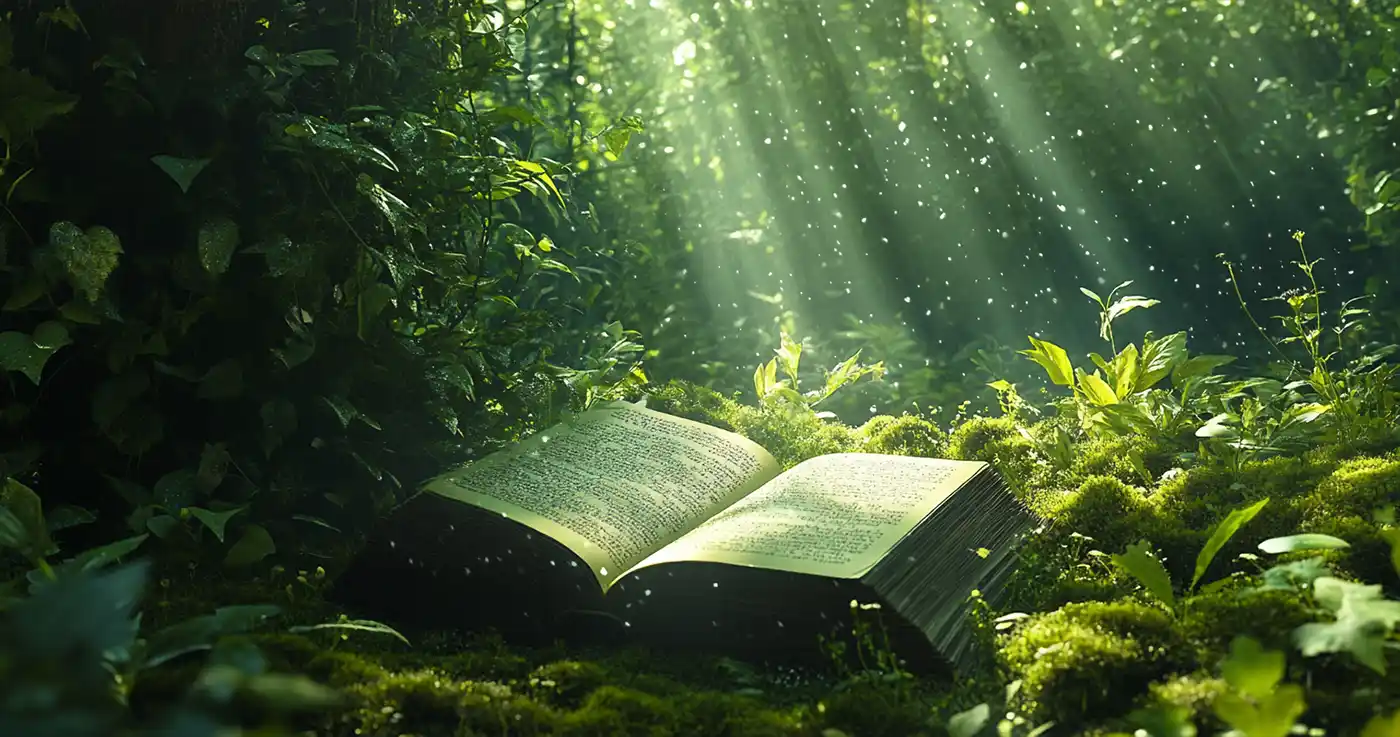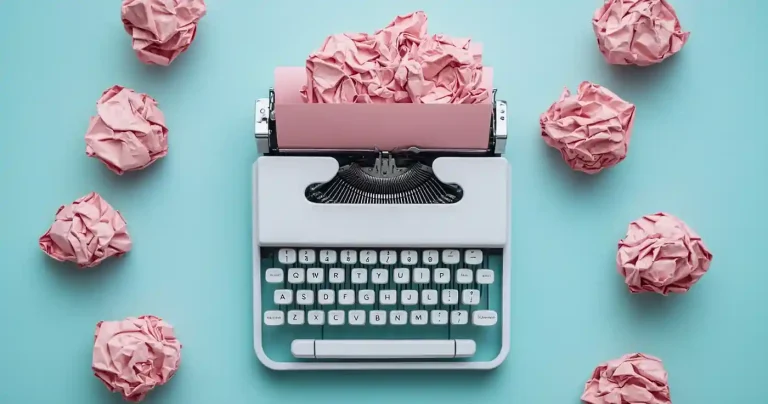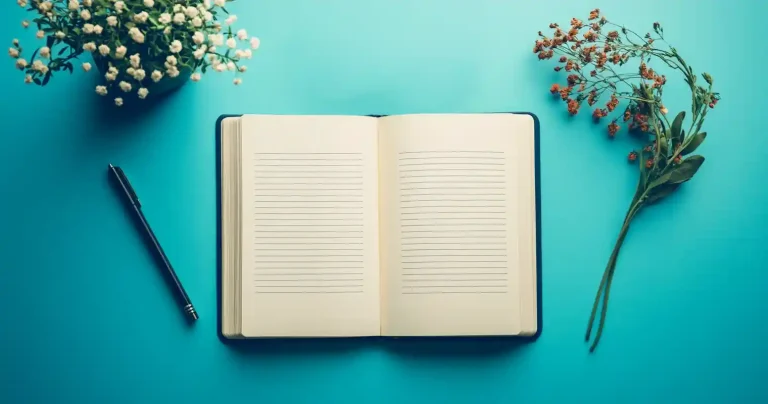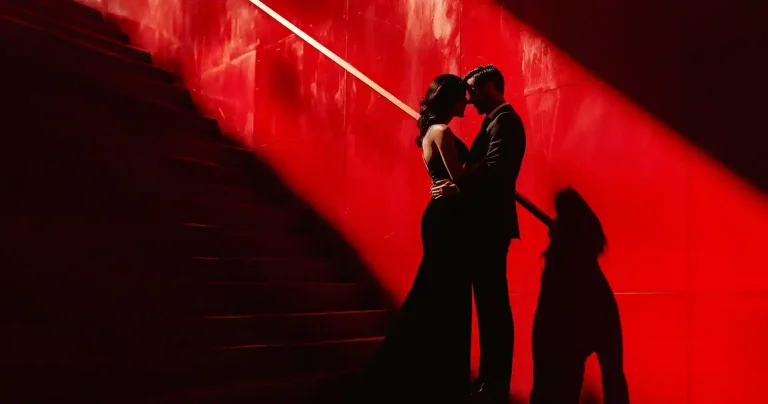You know that feeling when you’re watching a movie, reading a book, or binging a show, and you just know what’s coming next?
That’s a trope at work.
Tropes are the familiar patterns and storytelling shortcuts that writers use to keep things moving. They help us recognize what kind of story we’re in. They give us characters, conflicts, and setups that feel familiar—but not necessarily in a bad way.
Because, let’s be honest, we love a good trope.
Would The Lord of the Rings be the same without “The Chosen One”? Would romantic comedies even exist without “Enemies to Lovers”? And let’s not forget the classic horror movie rule—if you say, “I’ll be right back,” you most definitely won’t be.
But while tropes can be amazing, they can also get… well, a little stale.
So, let’s talk about what tropes are, why they work, and how to use them without making readers roll their eyes.
What Exactly is a Trope?
A trope is a storytelling device, theme, or pattern that shows up over and over in books, movies, and TV.
Think of it like a recipe ingredient. You can use the same basic thing—say, “The Reluctant Hero”—but how you cook it up makes all the difference.
Some tropes are timeless, like “The Mentor and the Apprentice” (Obi-Wan and Luke, anyone?). Others have been done to death (looking at you, “Love Triangle”).
But the key thing to remember?
Tropes aren’t bad. They only become a problem when they’re lazy, overused, or too predictable.
Why Do Tropes Exist? (And Why Do We Love Them?)
Because they make storytelling easier!
Readers and viewers don’t want to spend the first hundred pages trying to figure out what kind of story they’re in. Tropes help set expectations.
When a character finds an ancient sword in a hidden cave, we know they’re about to be important. When the grizzled detective takes “one last case” before retirement, we know it’s not going to go well.
Tropes give us that Ohhh, I see where this is going! moment. And honestly? That’s part of the fun.
It’s why we keep coming back to the same formulas—superheroes, rom-coms, fantasy quests. They’re familiar, they’re comforting, and when done right, they still surprise us.
But when done wrong? That’s when they become clichés.
The Good, The Bad, and The Cringe: When Tropes Go Wrong
Tropes are like pizza toppings.
Used well? Delicious. Classic. Satisfying.
Used badly? Pineapple where it doesn’t belong. (Yeah, I said it.)
The problem isn’t the trope itself—it’s how lazy it can become. Readers and viewers don’t mind familiar patterns, but they do mind when it feels like a story is just copy-pasting from every other book or movie.
So, let’s talk about when tropes work, when they don’t, and how to use them like a pro.
Tropes That Keep Us Hooked
Some tropes never get old. They just work. Every time.
1. Enemies to Lovers
We live for the tension. The banter. The will-they-won’t-they slow burn.
Think of Darcy and Elizabeth. Or Katniss and Peeta. Or literally every romance novel ever written.
This trope works because it builds anticipation. We know they’re going to end up together. But the fun is in watching them fight it the whole way there.
2. The Mentor and the Apprentice
If you see an old, wise character with a mysterious past take a clueless newbie under their wing, congrats—you’re watching this trope in action.
Obi-Wan and Luke. Dumbledore and Harry. Mr. Miyagi and Daniel.
We love it because we love growth. We want to see the clueless protagonist stumble, learn, and eventually surpass their mentor.
(Just… maybe don’t get too attached to the mentor. They have a habit of dying at the worst possible moment.)
3. The Found Family
A group of misfits, loners, and outcasts who slowly become each other’s family? Sign us up.
This trope is everywhere—Guardians of the Galaxy, Harry Potter, Stranger Things.
Why? Because deep down, everyone loves a good “we may not be related, but we’re family” moment.
It’s heartwarming. It’s powerful. And it always hits right in the feels.
Tropes That Need a Time-Out
Some tropes? They just need a nap. A long one. Maybe forever.
1. The Damsel in Distress
She’s beautiful. She’s helpless. And she literally exists just to be rescued by the hero.
Come on, we can do better than this. Give female characters agency. Let them do things.
(Looking at you, early Disney princesses. Thankfully, we’ve evolved.)
2. The Love Triangle (Especially the Obvious One)
One character. Two romantic options. One who is clearly perfect, and one who is obviously the wrong choice.
We already know who they’re going to pick. Stop dragging it out.
(Cough Twilight cough.)
How to Use Tropes Without Making Readers Cringe
As bestselling author Rachel Aaron put it during one of our WriteTreat sessions:
“Tropes are just glued-together constructs of expectation. But the trick is: never give people exactly what they think they’re going to get.”
And that right there is the secret sauce. Familiarity pulls readers in, but surprise keeps them turning the page.
So, we’ve established that tropes aren’t bad. Some are even great.
But how do you use them without making readers groan? Without making them think, Oh great, here we go again?
It’s all about how you twist, refresh, or subvert them.
Let’s break it down.
1. Put a Fresh Spin on It
Take the trope, but do something different with it.
For example:
- Instead of The Chosen One being a young, wide-eyed farm boy (looking at you, Luke Skywalker), what if they’re a middle-aged mom who just wants to finish her coffee in peace?
- Instead of Enemies to Lovers following the usual “we hate each other but secretly find each other hot” formula, what if they’re actually just really bad at communicating and totally misread each other?
- Instead of The Mentor Dying for Drama, what if they fake their own death just to get a vacation?
The key is to take what people expect—and throw them a curveball.
2. Make the Trope Self-Aware
Nothing hits better than a trope that knows it’s a trope.
We see this a lot in movies and books that love to poke fun at themselves. Think Deadpool mocking superhero clichés or Shrek completely flipping the fairy tale script.
If your story is full of common tropes, don’t be afraid to lean into it. Let characters call out the obvious. Let them roll their eyes at their own situation.
Readers love a little wink-wink, nudge-nudge. It makes them feel in on the joke.
Rachel Aaron, our resident writing mentor, intentionally makes her readers guess the twist and then question whether they were right.
“If they figure it out early, they’re on edge the whole book wondering, ‘Is it really going to happen?’ If they miss it, the twist blows their mind. Either way, you win.”
3. Subvert Expectations
One of the best ways to make a trope feel new is to flip it upside down.
Instead of the hero being noble and selfless, what if they’re just in it for the money? (Looking at you, Han Solo.)
Instead of the villain being pure evil, what if they genuinely believe they’re doing the right thing? (Probably why Thanos was loved so much as a villain.)
Instead of the love interest being “not like other girls,” what if she’s exactly like other girls and proud of it?
Subverting a trope keeps readers on their toes. They think they know what’s coming… and then—BAM—you take them somewhere totally unexpected.
4. Give Tropes Depth
At the end of the day, what really makes a trope work isn’t the trope itself—it’s the characters behind it.
A love triangle can be interesting if all three characters are well-developed, not just cardboard cutouts.
A mentor’s death can actually be emotional if we care about them as more than just a plot device.
Pro Tip from Rachel Aaron: Give your characters a cup with no bottom.
“Something they’ll never be able to fill. That hole drives everything they do — and readers feel it.” Her example? A bunny-loving necromancer with a soft spot that hints at a wound much deeper than dark magic.
Tropes Aren’t the Enemy—Lazy Writing Is
At the end of the day, tropes are just tools.
Like a hammer. Or a lightsaber.
You can use them to build something awesome. Or you can swing them around wildly and hope for the best. (Spoiler: That second option doesn’t end well.)
The key is intentionality.
If you’re using a trope, know why you’re using it. Are you relying on it because it’s easy? Or because it actually serves the story?
If you’re writing a Chosen One, do they feel unique? Or are they just another copy of Harry Potter with the serial numbers filed off?
If you’re using Enemies to Lovers, do they have genuine chemistry? Or are they just bickering because that’s what the trope says they should do?
Tropes work when they feel earned.
How to Have Fun with Tropes (And Make Readers Love Them)
Here’s the ultimate secret: Readers don’t mind tropes. They mind tropes that feel lazy.
So how do you make sure your tropes are fresh, fun, and actually engaging?
1. Combine Tropes in Unexpected Ways
Take two familiar tropes and mash them together in a way people don’t expect.
- A Chosen One who’s also a Reluctant Villain.
- A Love Triangle where the two love interests realize they actually like each other more than the main character.
- A Damsel in Distress who planned the whole thing just to trap the bad guy.
Mixing things up makes even the most overused tropes feel brand new.
2. Let the Characters Acknowledge the Trope
If your character knows they’re in a classic trope scenario, it can make the whole thing feel fresh.
Imagine a princess locked in a tower sighing, “Oh great, another knight coming to rescue me. Let me guess, big sword, tragic backstory?”
Or a hero groaning, “Why is it always a prophecy? Can’t someone else save the world for once?”
When characters react the way we would in those situations, it makes everything feel more real.
3. Give Tropes a Twist
The best way to keep readers engaged? Surprise them.
Make the hero fail. Make the villain sympathetic. Make the wise mentor totally useless.
Give them something they didn’t see coming.
(Unless you’re writing a Hallmark Christmas movie. In that case, you must follow the “big city woman falls for small-town baker” trope. It’s the law.)
Tropes Are Your Friends
Tropes aren’t bad. In fact, they’re kind of awesome.
They help tell stories faster. They create connections with readers. They tap into deep storytelling traditions that have been around for centuries.
But they only work if you use them well.
Tropes aren’t your enemy — lazy writing is.
As Rachel says: “You can use the same tropes over and over. Just don’t give people what they expect. Flip it, twist it, give it teeth — and it’ll feel fresh every time.”








